Book Review: A Dyer’s Garden by Rita Buchanan
Not that many years ago I was naturally dyeing yarn on a small scale to sell in my etsy shop Green Prairie Fibers. I love natural dyeing in all of its aspects–collecting, fermenting, straining, the smells, the surprise of colors from unexpected sources, and the beautiful fusing of chemistry, cooking, and craft.
I longed to have a dyer’s garden full of zinnias, mums, daisies, woad, and many other beautiful, pigment rich flowers. In anticipation of someday, having a garden, I got my hands on the book titled A Dyer’s Gardenby Rita Buchanan. It’s a small book, but it’s content is rich, inspiring, and very useful.
While Green Prairie Fibers may be a thing of the past, my love of natural dyeing has not diminished in the slightest. This year, while planning out my garden beds, I was very excited to reach for this book with, for the first time, the intention of planting my own dyer’s garden.
I want my garden to be 90% utilitarian. If I can’t eat it, drink it as a tea, or use it as a medicine, I better be able to dye with it. This book clearly illustrates that you can have a dyeing garden that’s as beautiful as it is functional.
Rita covers the basics of garden planning: covering a small round bed, raised rectangular bed, a border garden, and a production garden. She talks about selecting plants for your garden, which ones you should focus on depending on your needs, and then how to actually grow your plants–how to source them, seed supplies, starting from seeds, and general care. These parts could be considered more of a summary than an in depth look at gardening. I would suggest getting a good gardening book and then using this book to tailor your efforts to dye specific needs that she talks about (harvesting times and the like).
Why I love this book so much is in the last half: the book’s real strength is the Portfolio of Garden Dye Plants. Each plant has a picture of it growing and then yarn swatches of the colors you can achieve with the plant matter using different mordants and baths (ammonia vs vinegar for instance) and there’s information on how to grow the plant and how to dye with it.
So if you are thinking about trying out natural dyeing and you have a garden, definitely pick this book up and plant a few dozen scarlet marigolds and purple basil. You don’t have to have a full on dyeing only garden to enjoy and get value from the information in A Dyer’s Garden.
Until next time!
Kristin Roach
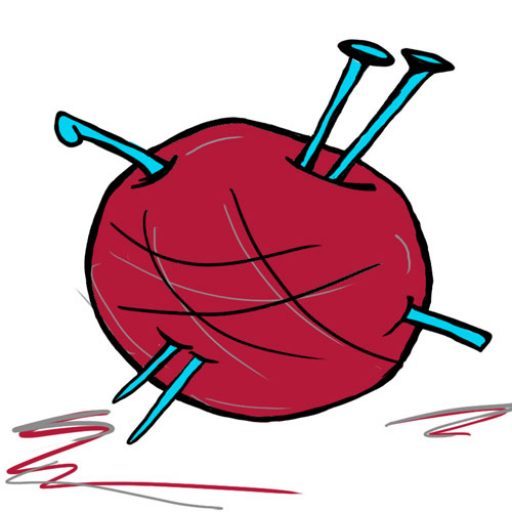
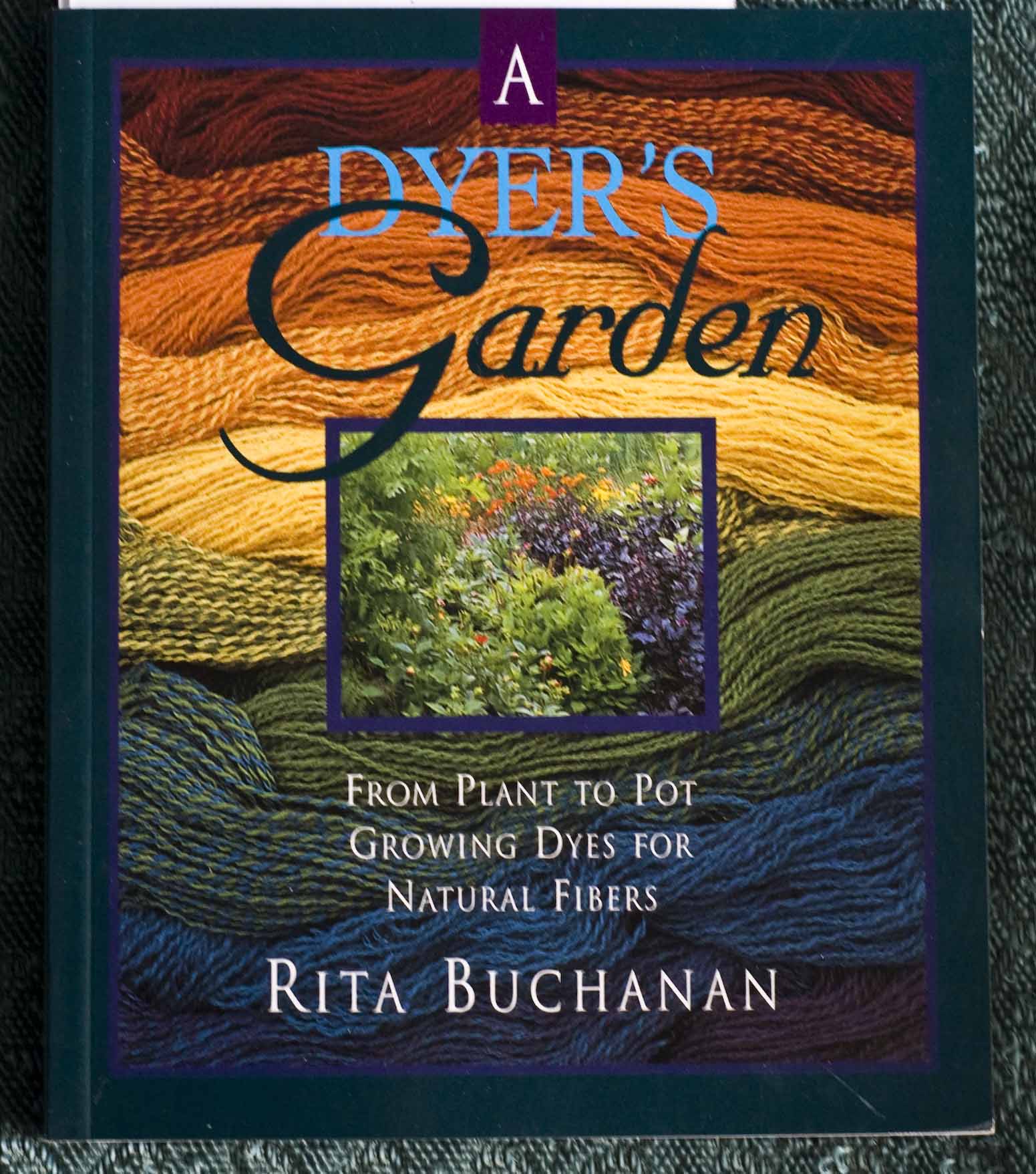
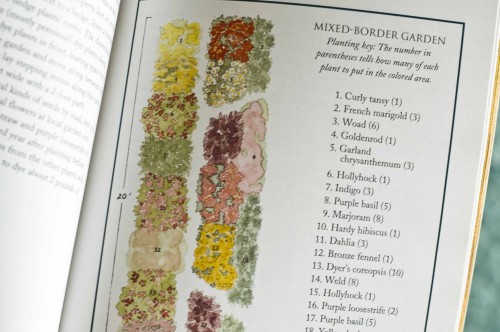
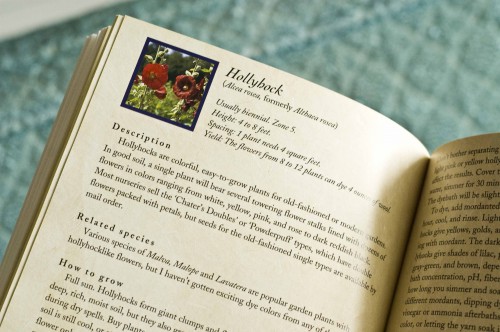
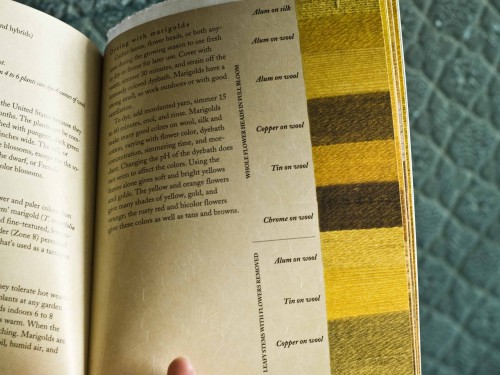
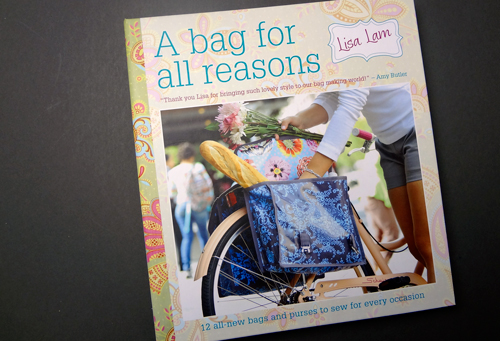
I have that book! I bought it about 9 years ago when money was super tight and doing stuff like making natural dyes was just not conceivable… I think I’ll get it out before planting time comes this year, maybe I can try one or two dye plants. :)
That’s awesome! That’s one of the reasons I love reviewing books I’ve had for awhile, not only do I have time to sit with them a bit (knit a few patterns, read it all the way through vs skimming), etc, but sometimes I forget the great things tucked right into my own collection and reviewing them makes me appreciated and love them all over again :)
Sounds like a wonderful book to have around. I’ll have to see if I can get my hands on a copy.